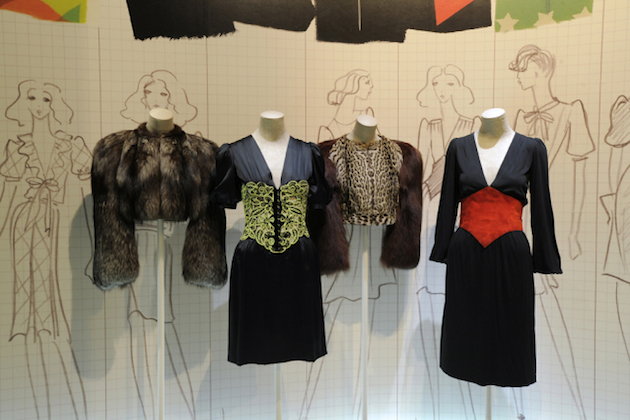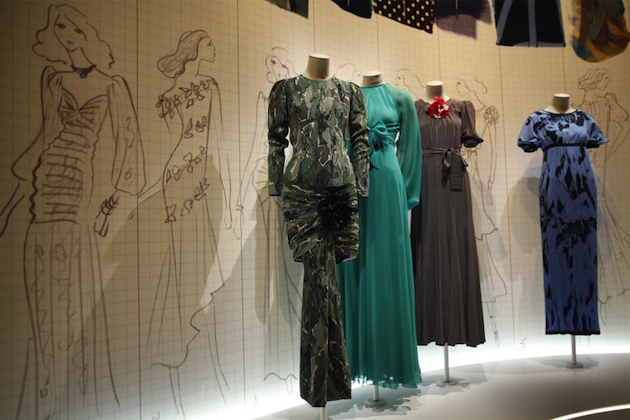
The relationship fashion has with its past is quite complex. There are, indeed, many ways of using the past: it can either be a prison to flee away from or a temple to plunder for atmospheres, shapes, vibes. We are taught that, when past is the declared source of inspiration, we are talking about a ‘revival’. The dynamics of revival seem plain: revival means taking a period and rethinking it, reconsidering it with a different awareness, that of the present, and actually remaking its objects with the memory of the mould. Revival has to do with the strength of references, and a good dose of nostalgia. Right? Wrong. It is history of fashion that nostalgia has small to nothing to do with fashion’s fascination with the past. The first ‘revival’ collection was actually thought for people who ‘did not have memories’, and was developed by one of the designers whose name is related with avant-garde: Yves Saint Laurent.
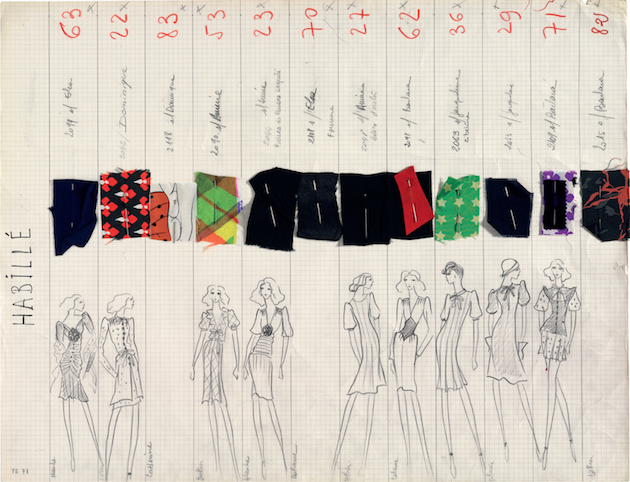
In 1971, Yves Saint Laurent presented his ‘Liberation’ collection, also called ‘Forties’, for the evident reprise of themes and variations of the war years. The collection was defined ‘hideous’ by the press, because it was a ‘sad reminder’ of a period of restriction. France felt betrayed by the elected heir of the grand couturiers. Saint Laurent himself compared the clash he provoked with the ‘scandal’ of Manet’s ‘Olympia’, finding himself both ‘sad’ and ‘delighted’ by the results of what he considered a rebellion to the static nature of Haute Couture. ‘L’important, c’est que les filles jeunes qui, elles, n’ont jamais connu cette mode, aient envie de la porter,’ he declared.
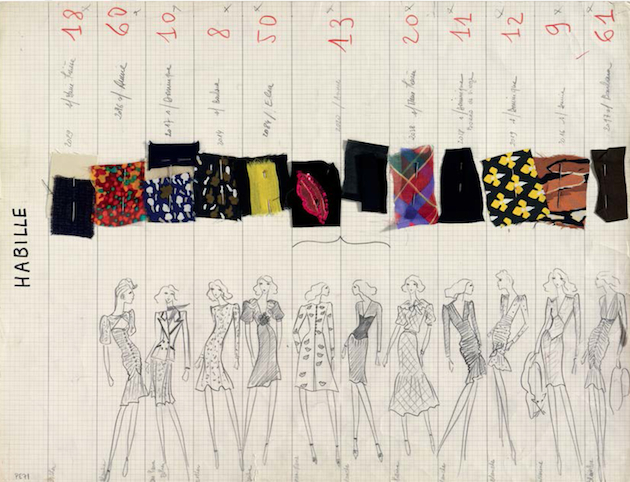
Maybe pushed both by the ‘revival craze’ fashion is experiencing in these days and the general lack of novelty in fashion, the Fondation Yves Saint Laurent Pierre Bergé and curator Olivier Saillard decided to put on stage the infamous ‘Liberation’ collection. The set, designed by Nathalie Crinière brings us inside the laboratory of the ‘enlightened’ couturier, with clothes, sketches, fabric choices and the whole line up of the eighty-pieces collection, printed human-scale on the walls, and then moves through the many pages of newspapers which strongly criticised the collection. The exhibition comes in a moment when scandal is no longer a scandalous word. It seems difficult to pinpoint a notable peak in the flat electrocardiogram of contemporary fashion, in which revival is widely used – if not abused – but with a slightly different meaning. For Saint Laurent, revival meant provocation, a ‘historical exercise’, useful to convey a brand-new message. Nowadays we seem to be as far as possible from this idea. Revival in fashion is didactic, not to say paternalistic, and dictated more by trend and market analysis than moved cultural reasons.
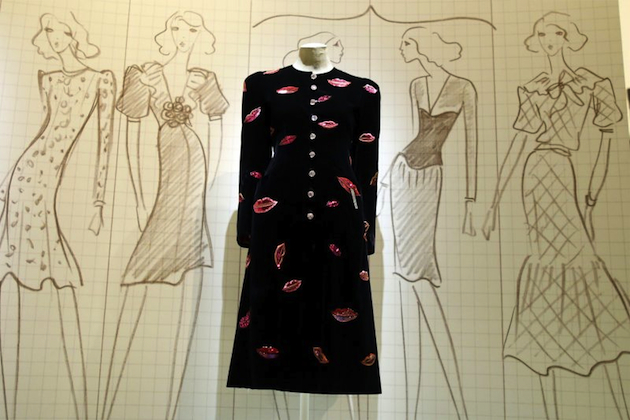
There surely have been other who treated the past in the way paved by YSL in 1971; Tom Ford is at the head of the legacy. The way Tom Ford reprised the Seventies in his years at Gucci – as he does today in his eponymous collection – choosing to push on its strongest and most striding feature, sex, electing it as the leading force not only of his designs, but of all the communication shaped around them. He chose a subject, a vibe, and used the forms in which this vibe came to propose it to his contemporary audience. YSL’s collection – and the exhibition that celebrates it – shows that the real feature of revival is its relevance in relation to what happens in the present. George Orwell said that ‘those who control the present, control the past and those who control the past control the future’. Hence, to really hold – and mould – the past, we first must live and understand the present. The forward nature of fashion excludes it can be based just on nostalgia; nothing new can be done, but the ways to re-cross the past and redesign what has already been done are infinite.
